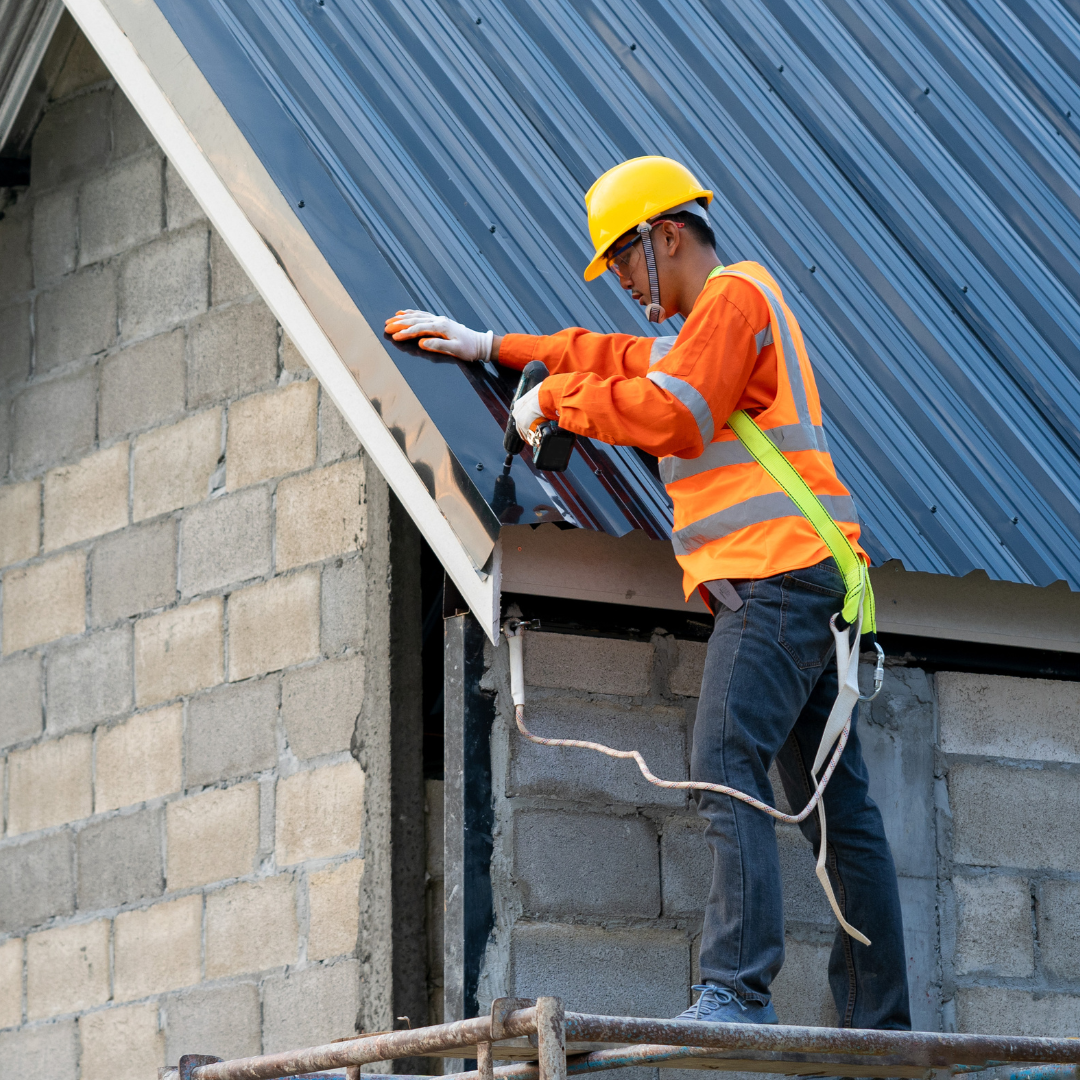5 Safety Standards Every HOA Should Demand
To Limit Liability & Ensure Project Success
Recently, we've highlighted the importance of effective communication in HOA painting projects. Equally critical, yet often overlooked, are rigorous safety standards. Not only does a safe work environment protect the workers, it also ensures that residents and their properties are safeguarded from potential hazards.
Safety in painting projects extends beyond basic equipment use and paint handling; it requires a comprehensive approach that includes proper equipment, meticulous procedures, and ongoing training. By not only meeting but exceeding these safety standards, HOAs can significantly reduce the risk of accidents and liabilities.
Understanding Safety Standards
Being informed and understanding which safety standards to demand is crucial. Knowing the right questions to ask can make the difference between a job that enhances your community and one that compromises it. Lacking this knowledge can lead to preventable accidents and potential legal complications for the HOA.
Best Practices for Ensuring Safety Compliance
Ensuring safety compliance is an ongoing process that requires vigilance and active participation from the HOA. Partnering with a painting contractor who emphasizes safety can make this task much easier for the HOA. Regular inspections of the work site are essential to verify compliance with the safety standards outlined in the contract. It's also crucial to maintain open lines of communication with the contractor to address any safety concerns that may arise during the project. Moreover, it is beneficial to include all safety requirements explicitly in the contract with the painting contractor, providing a clear basis for accountability.
Key Safety Standards
1. Comprehensive Safety Plans
Expect Detailed Safety Protocols: Contractors should have a detailed safety plan that addresses all aspects of YOUR particular painting project, from surface preparation to the application of materials and through the clean-up processes.
Regular Safety Audits: Demand that contractors conduct regular safety audits to identify potential hazards and implement corrective actions promptly.
2. Proper Use of Equipment
Certified and Well-Maintained Equipment: Ensure that all equipment used by the painting contractor is up-to-date on inspections and certifications. This includes ladders, scaffolds, and any mechanical lifts.
Appropriate Personal Protective Equipment (PPE): Contractors should provide their workers with the necessary PPE, including masks, gloves, goggles, and helmets, depending on the job requirements.
3. Training and Certification
Certified Personnel: Contractors should have proof that their employees have undergone formal training in safety practices specific to painting and operation of equipment.
Continuous Education: Look for contractors who offer their staff ongoing training on new safety regulations and technologies in the painting industry.
4. Hazardous Material Handling
Use of Low-VOC Paints: Encourage the use of low-VOC (volatile organic compounds) paints to reduce health risks associated with paint fumes.
Proper Disposal Procedures: Contractors must adhere to strict guidelines for the disposal of hazardous materials and waste to prevent environmental contamination and health hazards.
5. Emergency Response Preparedness
Clear Accident Response Plans: Contractors should have clear procedures in place for handling accidents, including immediate response strategies and notification processes.
First Aid and CPR Training: Ensure that there are always personnel on site who are trained in first aid and CPR in case of an emergency.
The Take Away
Safety should never be compromised in any HOA painting project. By demanding these top five safety standards from your painting contractors, you ensure not only the safety of the workers but also that of your residents and their properties. A safe project is a successful project, leading to a more harmonious and satisfied community.













